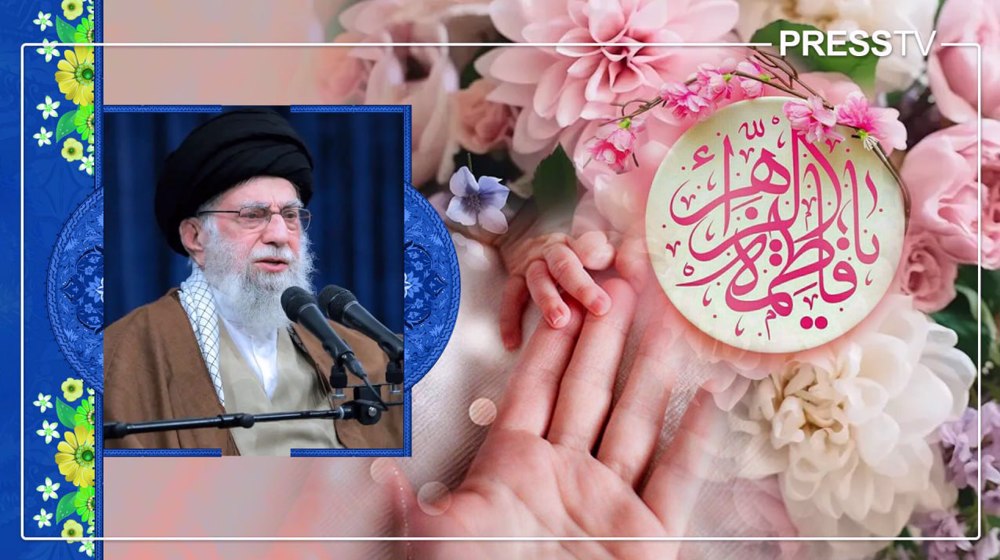UN inscribes two Iranian rituals, one artistic technique on its heritage list
The United Nations cultural agency UNESCO has inscribed two Iranian rituals and one decorative art on its list of world’s intangible heritage.
The UNESCO said on its official page on the X platform, formerly known as Twitter, that it had included the ritual of Eftari and its socio-cultural traditions in its list of Intangible Cultural Heritage of Humanity based on a joint case submitted by Iran, Azerbaijan, Turkey and Uzbekistan.
Eftari, known in many Arab Muslim countries as Iftar, is a ceremony observed at sunset during the holy month of Ramadan in which Muslims break their fasting and engage in social and cultural activities.
In another inclusion, UNESCO inscribed Tazhib, the Iranian art of illumination, on its list of intangible heritage based on a request by four countries of Iran, Tajikistan, Turkey and Uzbekistan.
Tazhib is a centuries-old decorative art practiced on the pages of manuscripts, calligraphic texts and miniatures.
The UN cultural agency also listed Sadeh celebration as a global form of intangible heritage based on a case submitted by Iran and Tajikistan.
Dating back to the Achaemenid Empire, Sadeh is a festival hold by the Zoroastrian community in Iran and other countries in mid-winter to honor fire and to defeat the forces of darkness and cold.
The inscriptions were granted during UNESCO’s 18th session of the Intergovernmental Committee for the Safeguarding of the Intangible Cultural Heritage which is being held on December 4-9 in Cresta Mowana Resort in Kasane, Republic of Botswana.
China expands use of Iranian rail corridor for cargo transit
Ukraine’s Zelensky says open to dropping NATO bid for security guarantees
Israel kills 3 in south Lebanon as it threatens ‘wide-scale’ attack
VIDEO | Iran’s mega solar plant to power 2.5 million homes
Hamas warns against Israel's plans to 're-engineer' Gaza
VIDEO | South Koreans join migrants in Seoul to protest on Migrant Workers' Day
VIDEO | Press TV's news headlines
VIDEO | Iraq, UN officially mark end of UNAMI mission in country










 This makes it easy to access the Press TV website
This makes it easy to access the Press TV website